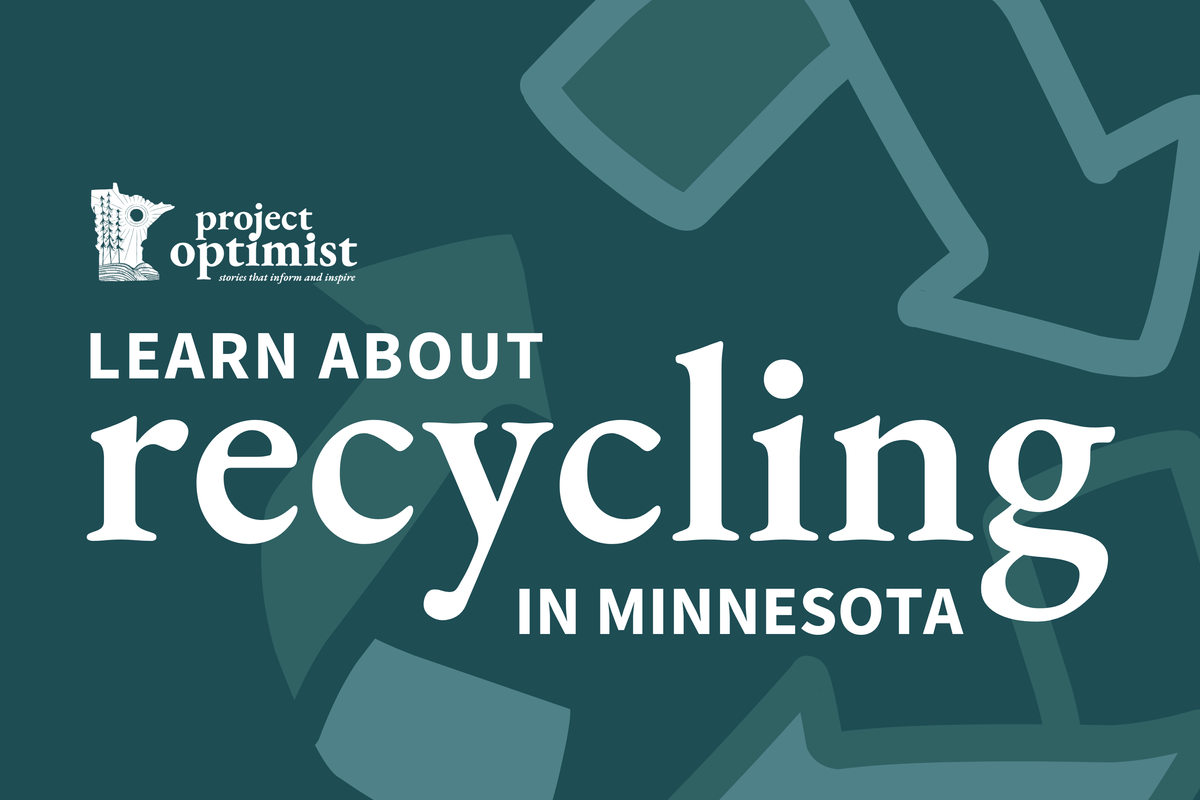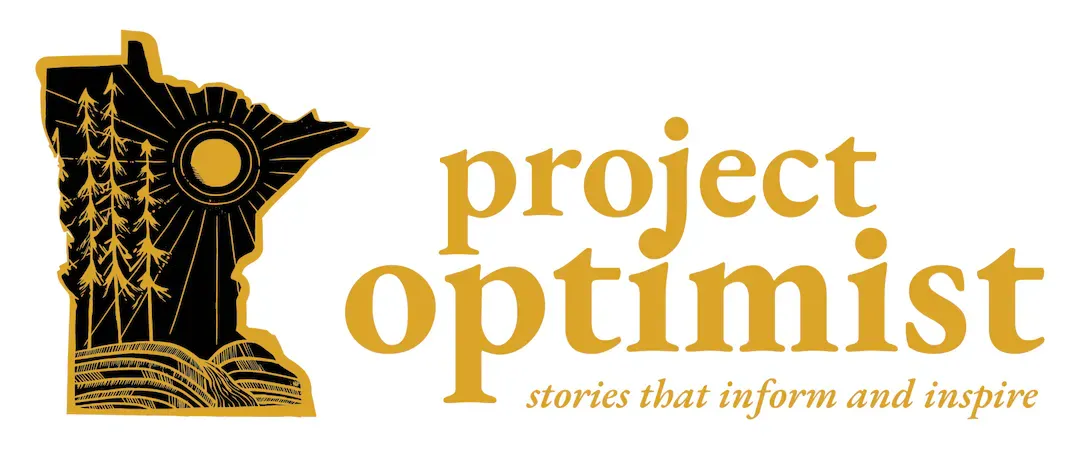Experts dive into Minnesota's Extended Producer Responsibility law
Catch a replay of the panel discussion, or read the highlights.

The 2024 Extended Producer Responsibility law will make producers responsible for packaging and paper product waste in Minnesota by 2032.
The change will impact what Minnesotans buy at the grocery store, how take-out-food is packaged, and the makeup of boxes that land on doorsteps.
Project Optimist hosted a presentation in March from Mallory Anderson, packaging EPR coordinator for the Minnesota Pollution Control Agency, and John Gilkeson, principal planner for the MPCA. Anderson and Gilkeson also answered questions from the audience.
Sign up for Project Optimist's newsletter
Get solutions journalism delivered to your inbox every week.
It's free. No spam. Unsubscribe anytime.
Here are a few takeaways from the discussion:
When will the law take effect?
State officials are already working on the transition. However, the Producer Responsibility Organization will not start collecting fees from producers until 2029.
The target for full implementation — meaning that all packaging and paper products are refillable, reusable, recyclable, or compostable — is Jan. 1, 2032.
 Project OptimistNoah Beardslee
Project OptimistNoah Beardslee
What materials will be included?
Packaging, food packaging, and paper products, although there will be exemptions. Officials will create a list of materials that will fall under the EPR law.
Who will pay for this?
The Producer Responsibility Organization will collect fees from producers, which will cover the cost of reuse, recycling, and composting.
"This program will reduce the cost of recycling by around 90% when it's fully implemented by having producers pay in for the collection, sorting, and recycling costs associated with packaging," Anderson said.

Recycling is not a scam
An audience member asked the big question on many people's minds: Is recycling a scam?
Gilkeson and Anderson said it's not, but they understand why people are frustrated by the process. Anderson pointed to the many different types of plastics out there and the fact that recycling haulers set what types of materials they accept.

Officials said they hope the EPR law will decrease the variety of packaging types and stabilize the markets for recyclable materials in the state.
Minnesotans could see the landscape of plastic packaging in particular shift as EPR is implemented.
"I think plastics are here to stay, but we need to figure out how to live with them better and use them more efficiently so that we are recovering, processing, and putting (them) back into post-consumer recycled content — not just downcycling — but giving it a long life," Gilkeson said. "Because there's no reason that we can't do that, but it's cheaper not to at this point, and this program will hopefully create the incentives."
